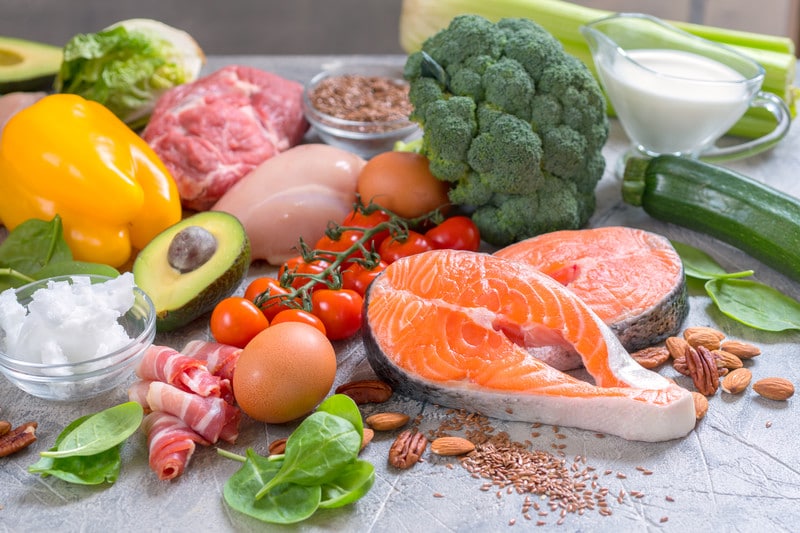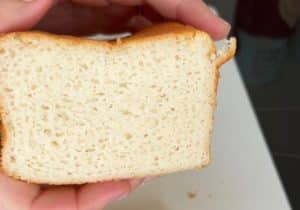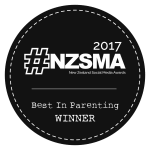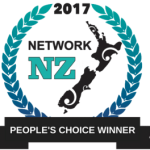Photo / Canstock
One of the biggest questions I get (other than what do I eat), is “what is Keto?” … so I’m here to give you a very basic rundown as to what it is. Please remember I am not a health professional, a nutritionist, a dietitian or anyone qualified. I’m just a Mum who was sick and tired of being overweight.
I have taken a lot of this info direct from the Keto for Beginners – Australia group on Facebook. They have an amazing amount of information on there which is easy for even me to understand.
WHAT IS KETO?
Ketosis is a metabolic state where some of the body’s energy supply comes from ketone bodies present in the blood. It usually occurs when carbohydrate or food intake is limited enough that the body begins to metabolise fat for its energy needs.
When you restrict your carb intake, ketone bodies are produced by the liver. The body’s metabolism moves away from using glucose and begins utilising fat for energy.
A Ketogenic diet (or Keto) is any diet that induces and keeps you in a state of ketosis. It is the limiting of carbs that puts you into a ketogenic state, and keeps you there.
So how do you lose fat on a Keto diet? By restricting your calories!
The reason this is often ‘easier’ while in ketosis, is that protein and fat is highly satiating compared to carbs; that is – it keeps you feeling fuller, for longer. It is because of this that we are inclined to naturally eat less, and hence we reduce our calories. Now, this isn’t to say you’ll never be hungry, because that simply isn’t true, but you should generally be less hungry while in deficit on a ketogenic diet than you would be on a standard diet.
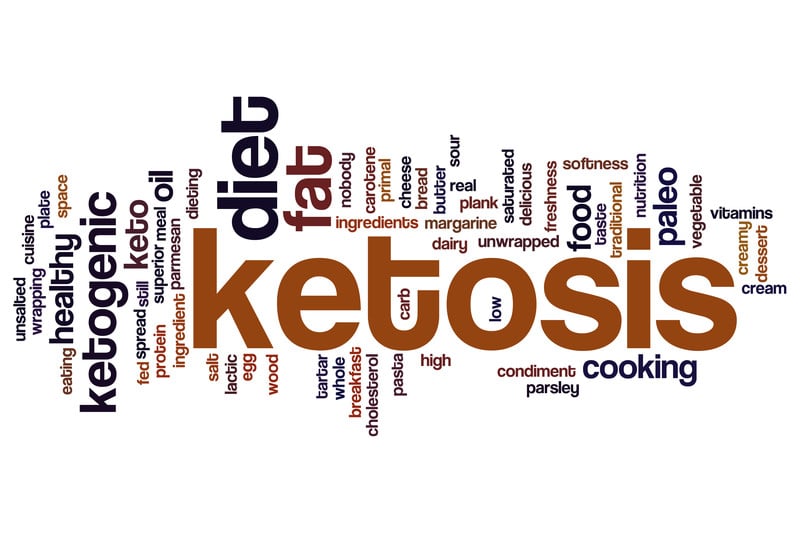
WHAT ARE MACROS?
The nutrients you need in large quantities are called macronutrients. Almost everything you eat is made up of macronutrients.
There are three kinds of macronutrients (aka “macros”), and you’ve definitely heard of all of them already: carbs, protein, and fats.
Each of the macronutrients supplies your body with a certain amount of energy, that’s usually measured in either kilojoules or calories.
Every gram of protein and carbohydrate contains 4 calories. Every gram of fat contains 9 calories.
By limiting carbohydrates to get you into ketosis, consuming adequate protein to retain lean body mass and using fat as a lever, you’ll be able to use your macros to help you achieve your goals.
To calculate your macros, and how many calories you need to be eating, you need to use this KetoGains calculator. To figure out how to use this calculator, please watch this Keto For Beginners video.
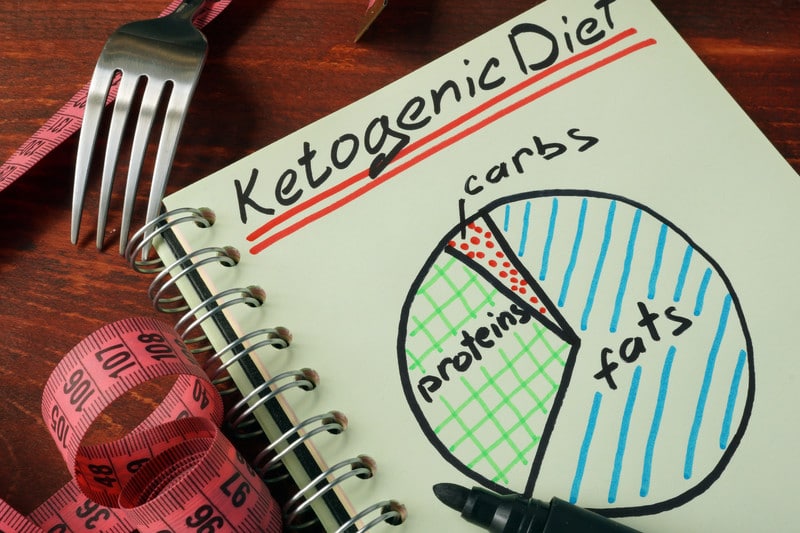
WHAT DO I EAT?
Some people think that Keto is low carb, high fat. This is incorrect. You don’t need to eat copious amounts of fat. Protein and fat simply make up the rest of the diet – adequate protein intake to ensure you maintain/gain lean body mass, and fat intake as per your goals.
You may also hear that certain foods are or aren’t ‘keto approved’ – this is false.
Anything can be keto if you slice it thin enough.
So as you know from reading above – you need to restrict your carb intake. So out goes anything carb-ey … bread, pasta, rice, a lot of fruit, some vegetables and a few other things.
Here’s a really helpful chart to show you the types of things you should be eating:
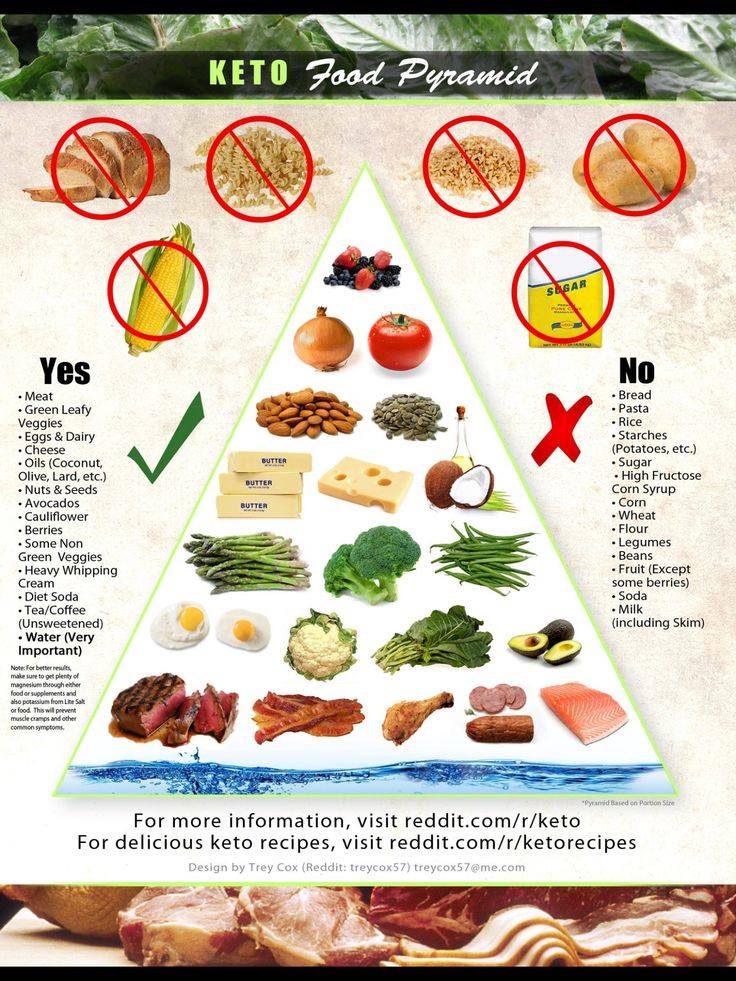
WHERE DO I START?
You need to decide you want to enter the Keto lifestyle; and yes it’s definitely a lifestyle and not a diet. You will learn SO much about yourself and food, so you need to take your time, and do it properly. NO SHORTCUTS!
DO NOT BUY A MEAL PLAN:
When you buy a meal plan, you’re relying on someone else (who doesn’t know you) to tell you what to eat. You learn nothing about yourself, or about food, by doing this. When you figure it out for yourself, you are forced to look at the food you’re eating and start reading labels. You will become extremely knowledgable in food and it will help you for the rest of your life.
JOIN A FACEBOOK GROUP:
I joined the Keto For Beginners – Australia Facebook group and this group changed my life. If you join it, you MUST read the “Announcement” post. It’s long, it’s in depth, and it’s worth it reading and taking all of the information in. I use this group daily to get the answers to any questions I have.
DON’T GET SCARED OF MACROS:
It can be overwhelming when you start, because you need to calculate how many carbs you can have, how much protein you can have, and how much fat you can have each day (as well as calories). Don’t freak out though – if you join that Facebook group I suggested above, they tell you EXACTLY how to do this. Follow the instructions.
TRACK YOUR FOOD:
Download an app like MyFitnessPal, or CalorieKing, or Carb Manager. TRACK YOUR FOOD. This is the only way to ensure you are eating enough during the day, and aren’t going over your calorie / carb / fat and protein allowance.
RESEARCH:
Google it all. Research what you’re doing and what to eat. Be an open book and learn as much as you can about this lifestyle change. Because it is something you will do for a very long time if you do it right – if you learn as much as you can, you will WANT to continue it.
TRUST YOURSELF:
Trust that you are able to do this. Trust that if you are eating at a calorie deficit (no matter what it is), you will lose weight.
IT WON’T BE EASY
It’s a dumb saying but it’s true: nothing in life is easy. And Keto isn’t any different – at the beginning anyway.
I probably had it easier than most because I have Coeliac Disease so can’t eat gluten. I didn’t eat pasta OR bread of any type. However, the transition from a regular diet, to the keto one wasn’t without its own challenges.
When you remove a good chunk of your carbs, your body starts processing things quite differently and it can be a shock to the system.
You can get what’s called the “Keto Flu” – which can be nausea, headaches, lethargy and a whole other range of symptoms.
One of the most overlooked parts about this way of eating is electrolyte intake. Ketosis has a diuretic effect, which means it flushes water and sodium from the kidneys. We need to manually supplement our electrolyte intake to avoid things like keto flu, headaches, nausea, tiredness, etc.
For me, it took about 3-4 weeks for my body to adjust and I now I have no problems at all.
Some might think “well is it really worth it for that?”. YES. YES IT IS.
I am happier in myself, more knowledgeable when it comes to choices, and more confident I will make good choices when out and about. I’ve only been doing it for 3 months now, and along with losing 11kgs, my whole outlook on life has changed.
Changing to a Keto way of eating has been the best decision of my life and I regret nothing.
Please remember, as I stated above, I am not a health professional, a nutritionist, a dietitian or anyone qualified. I’m just a Mum who was sick and tired of being overweight.
If you’d like to start on your own Keto journey, I’d recommend joining that Facebook group called Keto For Beginners – Australia. Make sure you read the “Announcement” post properly as it contains ALL of the information you need to successfully begin your journey.
Be sure to check out my “Journey with Keto” blog for my results.
————————–


